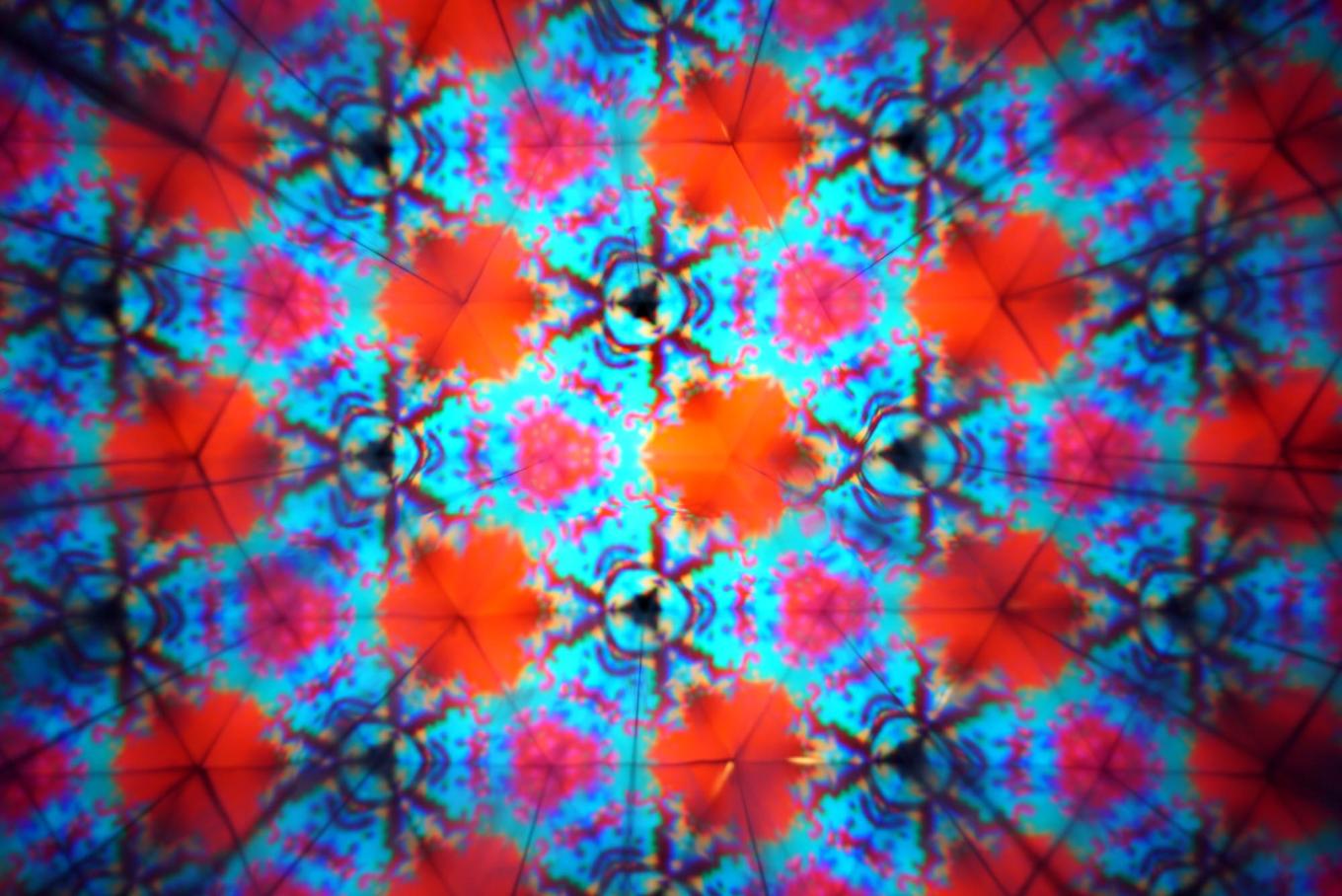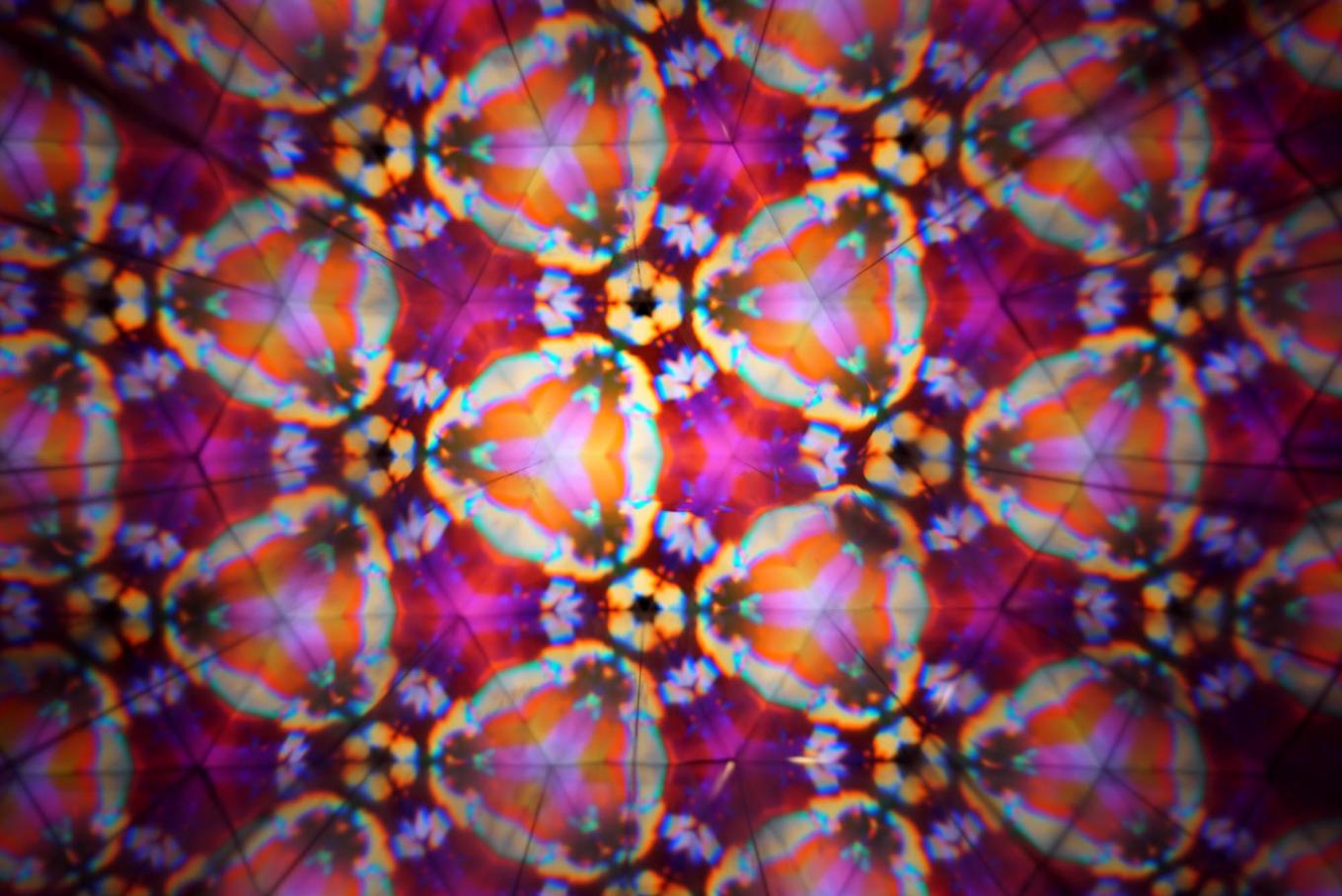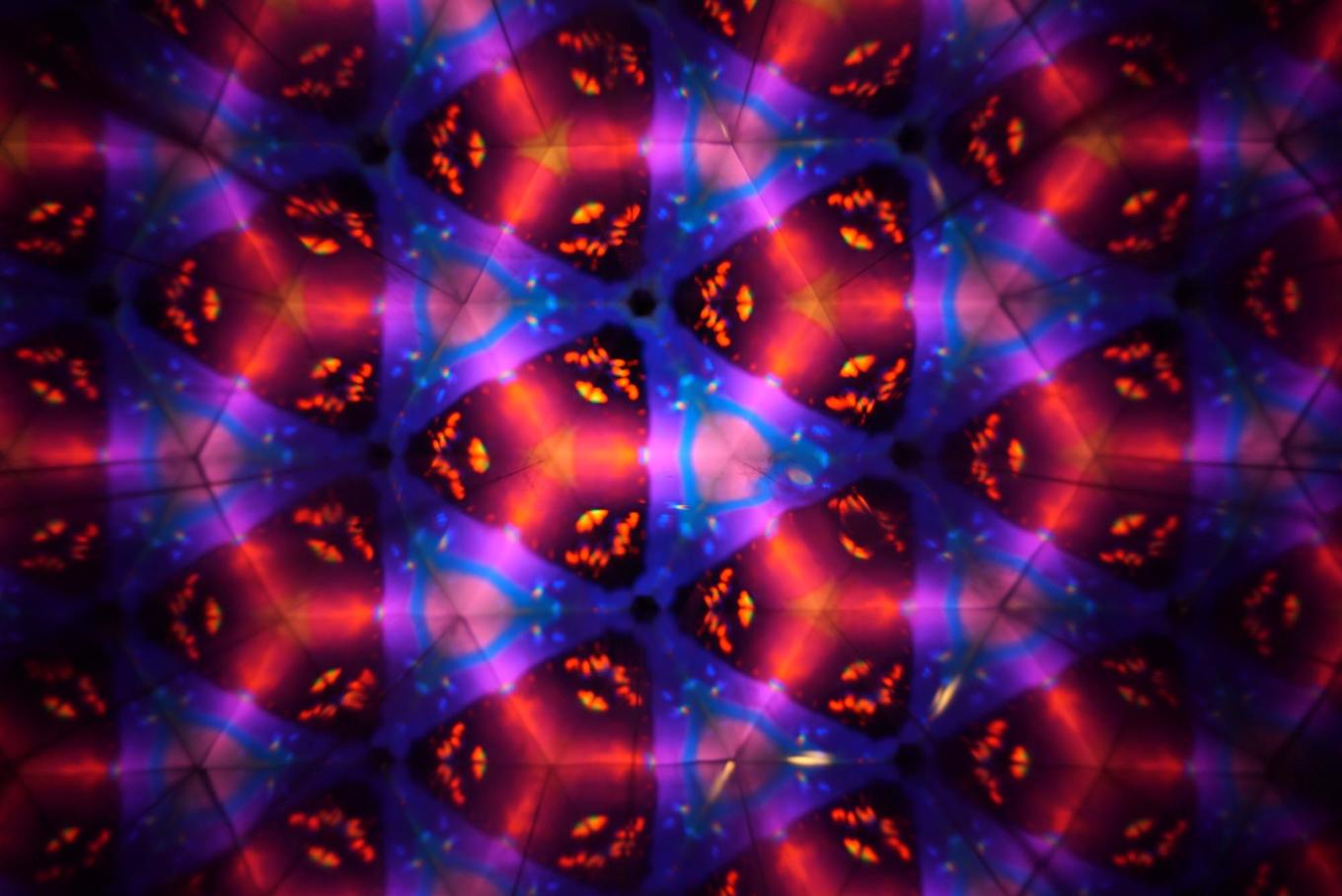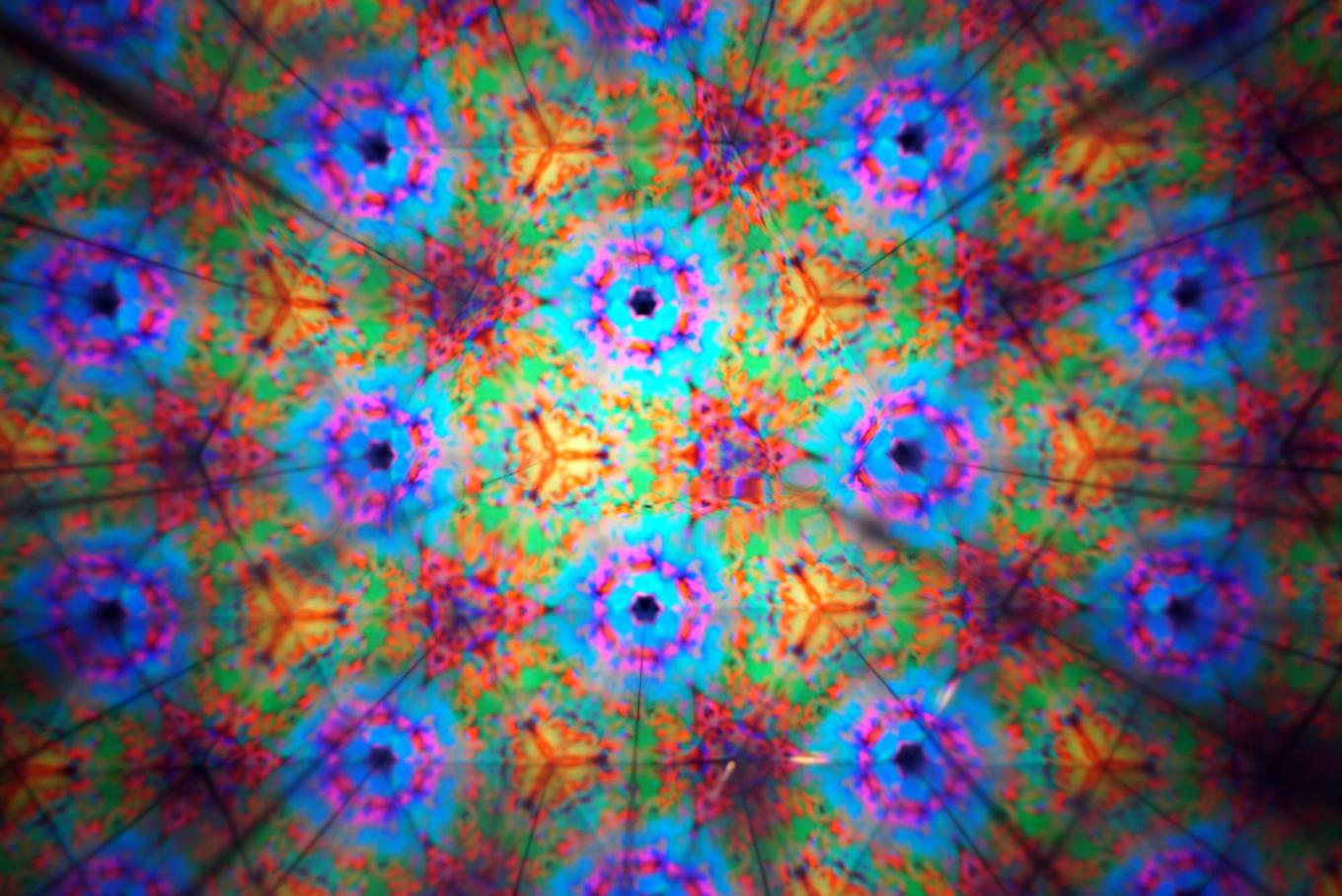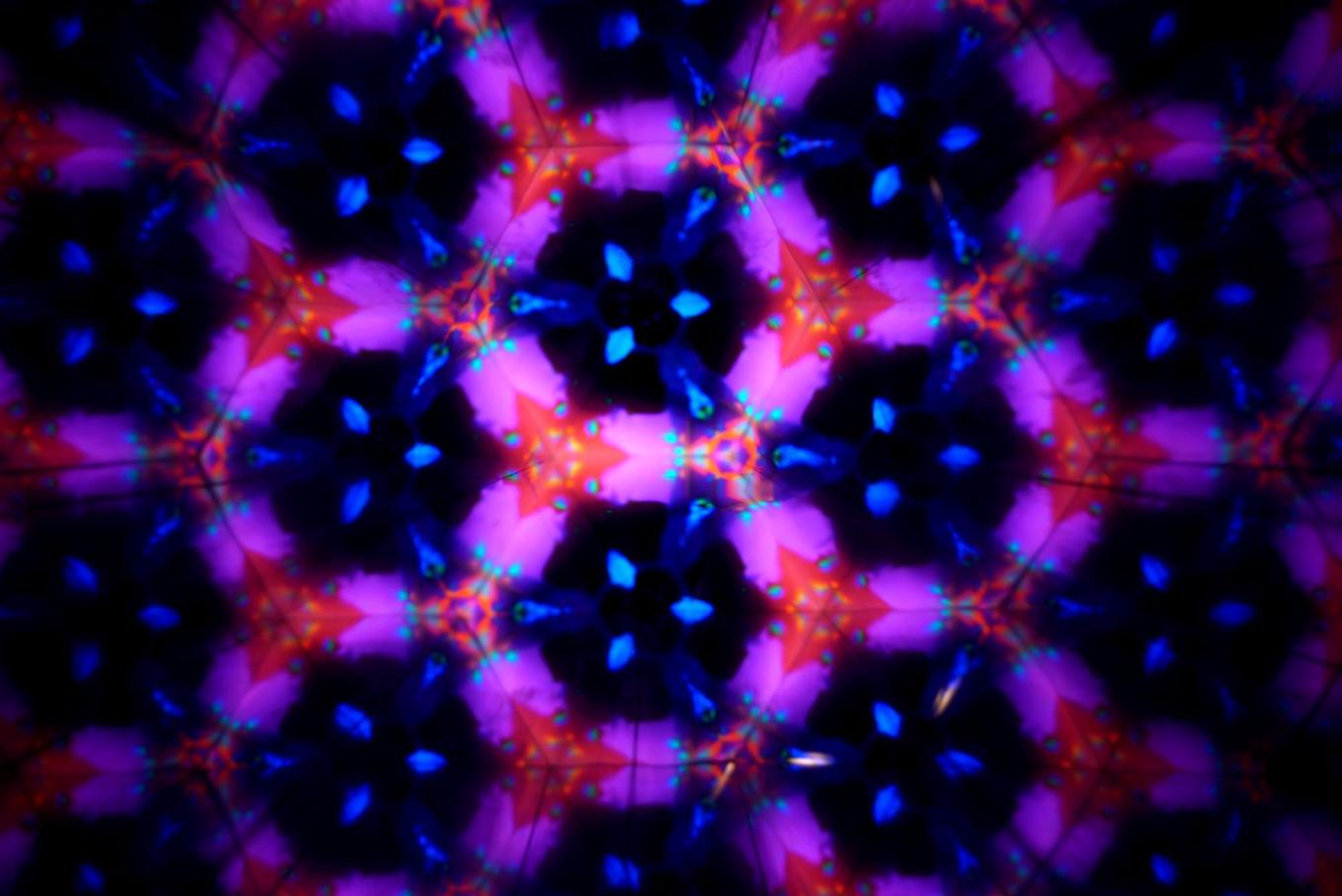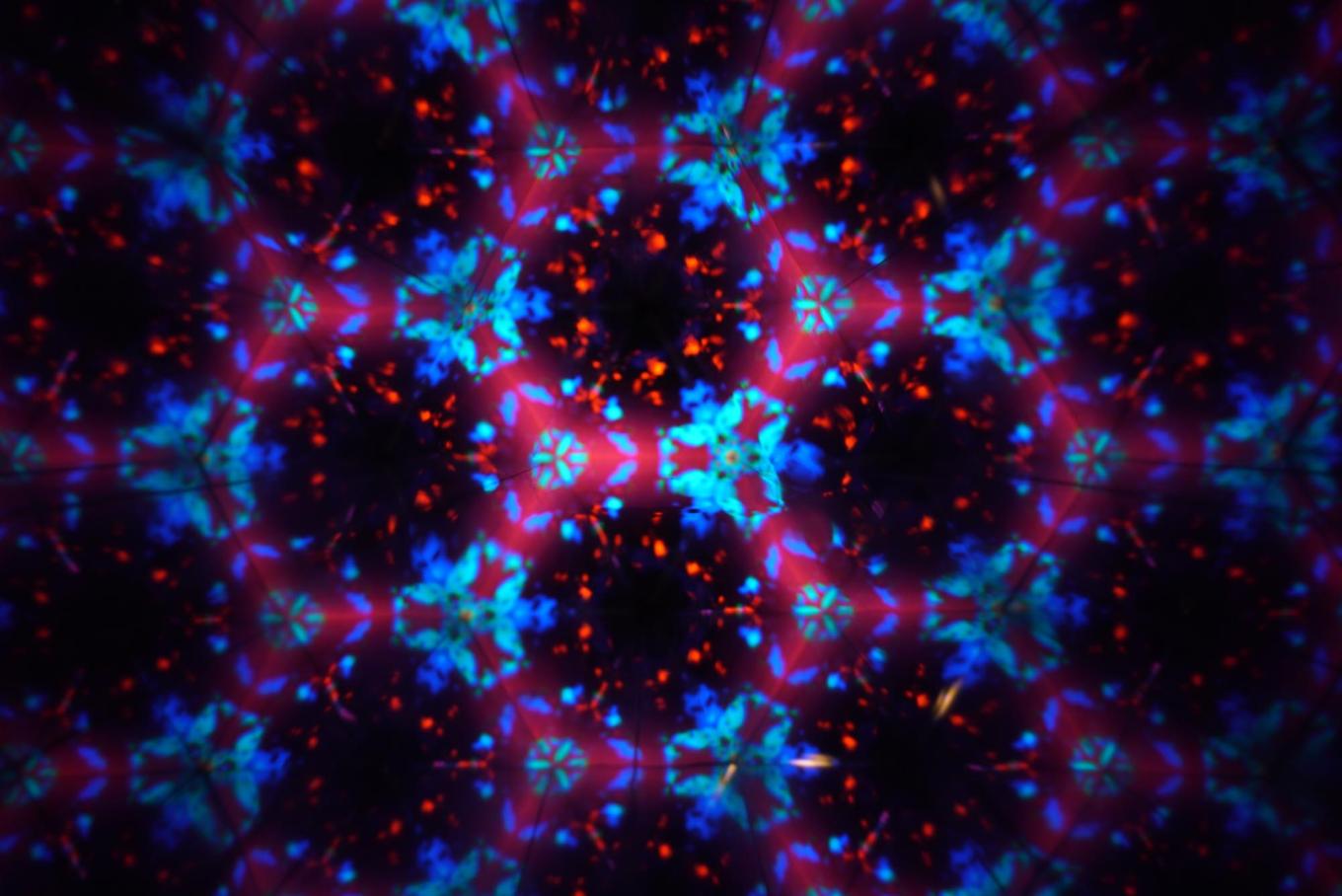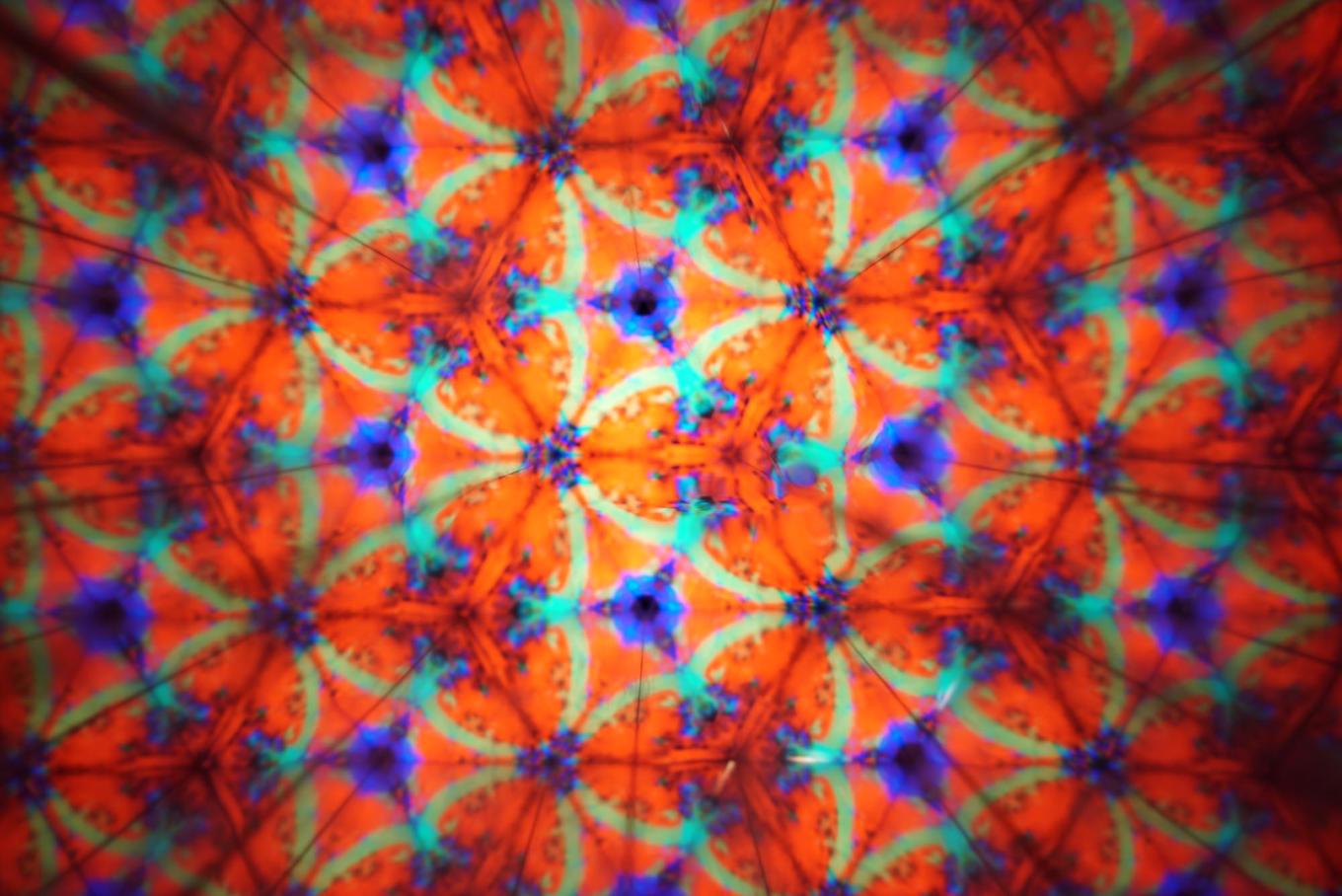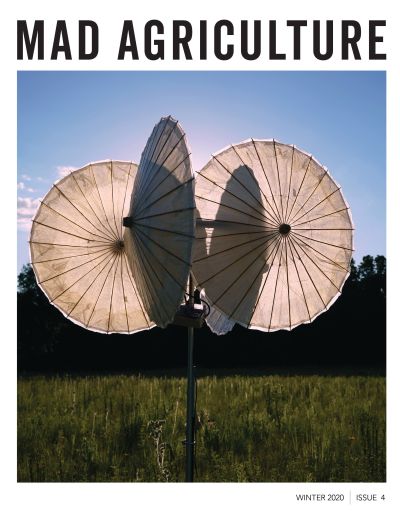
The Mad Agriculture Journal
Transformation
Published on
November 30, 2020
Written by
Omar de Kok-Mercado
Photos by
Omar de Kok-Mercado
Lee esto en español.
It all started with a blooming prairie during a hot July in Iowa. Trekking through chest-high grass, soaked in sweat, my colleague and I hauled the equipment needed for our experiment.
With insects whirring, we erected a wind sculpture made out of four large paper parasols mounted to a bicycle rim and rod. The sculpture collected data from wind, light, movement, temperature and soil moisture over a lunar cycle. Every three days, we had to do maintenance on the sculpture and during those visits we would document what we could see, while the sculpture logged the unseen subtleties. We then created Steganos – a ten-minute video manipulated in four stages using the environmental data we collected. From there, I wanted to continue to explore the idea of visualizing the unseen. I set out to illuminate a process of transformation and began projecting, reflecting, and mixing the video with a series of customized analog and digital audiovisual equipment. I then built a couple of four-foot kaleidoscopes and played the videos back through them and started to take photos of my process.
I think it’s interesting that these photographs were taken less than a second apart. It speaks to rapid change being adaptive and retaining elements of its former infrastructure. Change is fluid and dynamic and when we leverage existing infrastructure we can facilitate transformation. We’ve compartmentalized food, energy, feed and fiber resources. We’ve built highways, airports, dams, and machines to move product, and in doing so we have fragmented the landscape. I think there is another way.
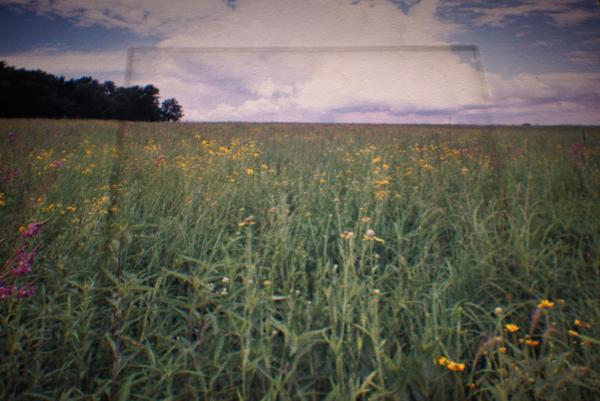
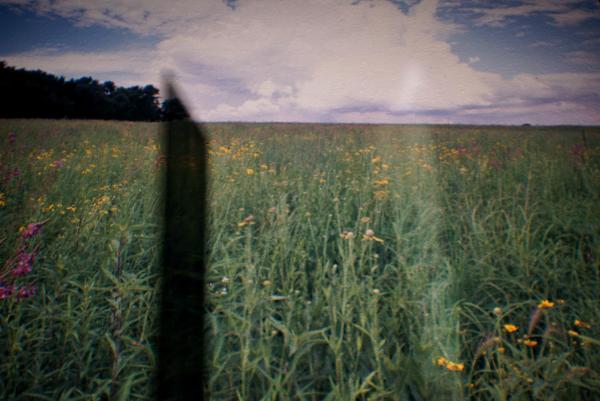
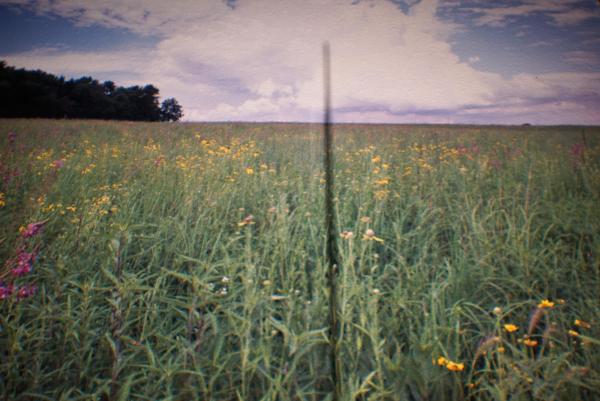
It is important to recognize that Iowa’s farming legacy started long before European colonization. The oak savanna and prairie ecosystems were once part of a vast, integrated crop-livestock system that was strategically managed by indigenous peoples to produce food, energy, feed, and fiber. These ecosystems were the cornerstones of what we might now call a holistically-managed, regenerative agriculture mecca. How do we transform our existing infrastructure so that the landscape is reconnected and its inherent functionality to produce clean air, water, and abundant wildlife is reconstructed? We have to build corridors and reimagine the transmission of energy.
Perhaps we are intimidated by the changes we need to make, or just too overwhelmed to embrace the complexity of reintroducing diversity on the land. A place to start could be in our transportation system. We could start with rivers and move out from the river valleys. Take power line poles and cut them so they’re lower to the ground, use the poles as the bones for a solar grid and run the existing lines underneath the panels. Tap into that grid to generate electricity to power mobile fencing energizers, start solar grazing. Incorporate honey bees and diverse feedstocks for digesting into biogas. Feather the edge with tree crop shrubs and make a transition to silvopasture. Run a rail line through it. Use the rail to transport animals and resources to new paddocks including accessing cover crops planted on row crop acres. Think big and we can make the radical transformation towards a world that is wild, tame and diverse.
